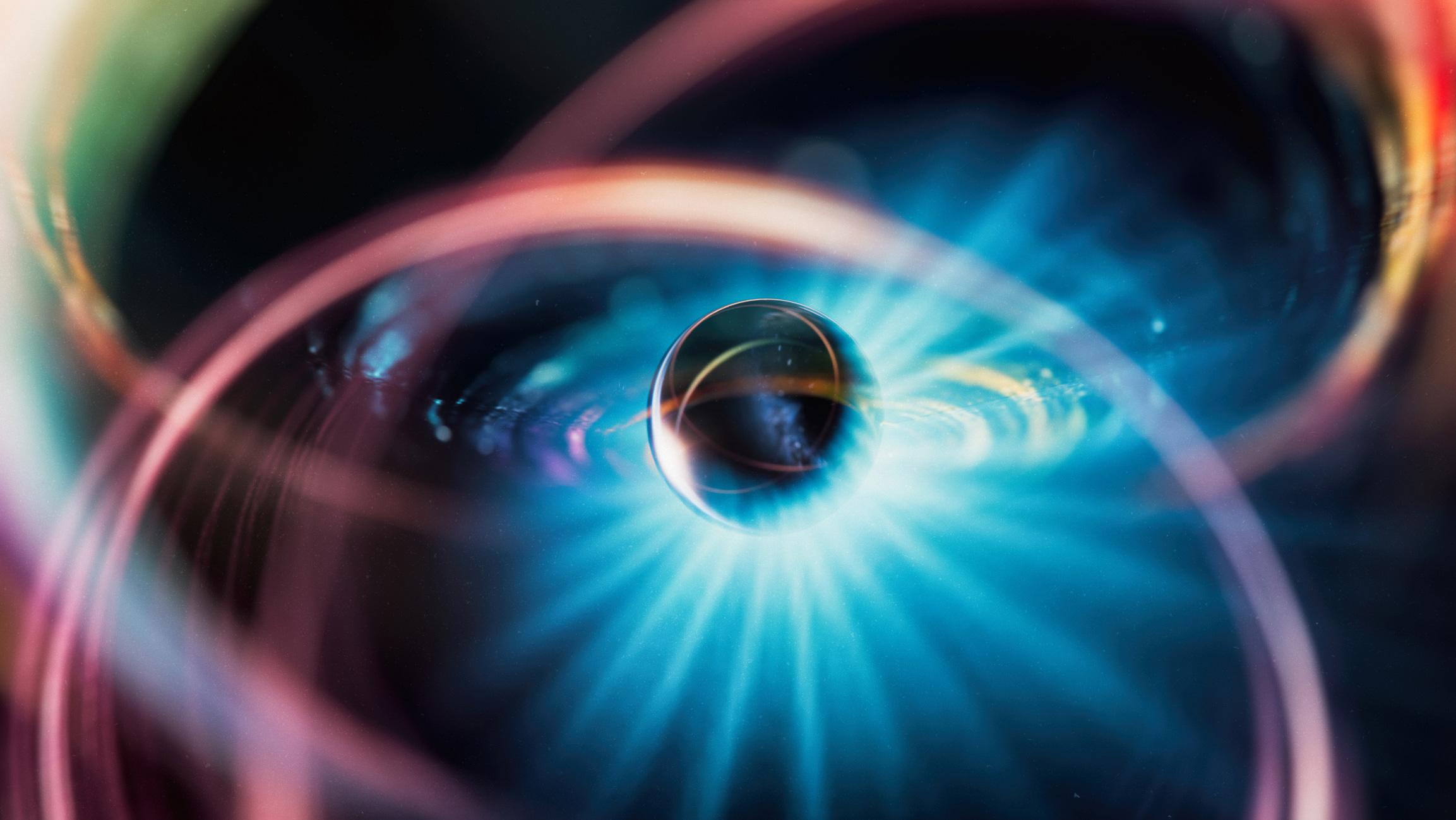
As researchers develop a way to harness the nuclear energy that powers the sun, Nahom Habtemariam, a Texas A&M University nuclear engineering Ph.D. student, is using computer simulations to understand the behavior of matter in a key part of an experimental nuclear fusion system. This new form of nuclear energy, still in the research and development stage, holds promise to be safer and produce less radioactive waste than current nuclear energy.
Habtemariam works with Texas A&M nuclear engineering professor Carlo Fiorina. Habtemariam began research in nuclear engineering while pursuing a master’s degree at the Politecnico di Milano in Italy and while working as a visiting student at the Swiss Federal Institute of Technology Lausanne. There he worked with Fiorina on modeling types of nuclear fission reactors called molten salt reactors. When he joined Texas A&M, Habtemariam moved on to modeling inertial fusion energy systems.
Currently, nuclear power is generated by nuclear fission, which is energy that results from breaking apart large atoms. Nuclear fusion does the opposite; it fuses together atoms of lighter elements, like hydrogen into helium. Nuclear fusion is the process that fuels stars like the sun.
There are various proposed designs for future nuclear fusion power plants, but one of the two main methods uses inertial fusion. This process uses lasers to focus heat and pressure on a small pellet that contains heavier varieties of hydrogen. In 2022, Lawrence Livermore National Laboratory's National Ignition Facility used this process to achieve ignition, which means producing more energy than it consumes, like a small star powering itself.
“It [producing more energy than consumed] is physically possible,” Habtemariam said, “but the problem from an engineering perspective is, if we want to build an electric power plant, we need to design an engineering system that is able to extract the heat and is able to operate for a long time.”
One way to do this is to surround the fuel with a layer of liquid, such as a molten salt made of fluoride, lithium and beryllium. This liquid wall can both extract the heat from the fusion reaction for generating electricity and shield the outer wall of the fuel pellet from neutrons released during nuclear fusion.
However, this layer of liquid brings its own complications. When fusion happens within the target, it emits X-rays as part of the energy released by the fusion reaction. These X-rays can cause some of the liquid coolant to evaporate into the vacuum of the chamber that surrounds the fuel pellet. The laser that heats up the fuel works best in a vacuum, so the coolant gas makes the laser work less effectively. Habtemariam’s research focuses on understanding how the vaporized coolant behaves in the vacuum chamber and how it can degrade the efficiency of a fusion power plant.

Habtemariam has been developing a computational tool for studying this phenomenon in inertial fusion chambers. He modified an open-source software popular for simulating fluid flow, OpenFOAM, to study flows that change in density in harsh environments.
“We need to account for the ionization of the gas, and the fact that the gas in the chamber of the system we are modeling is at a high temperature, so we need to account for additional energy exchange mechanisms,” Habtemariam said.
Most experimental research on inertial fusion systems focuses on the fuel target instead of the chamber around the target, Habtemariam said. His work in using computational tools to understand the chamber helps establish an understanding of the physics involved, but future experimental data is needed to validate the models.
“This is a way to give direction in a field that has been given limited attention for a long time,” Habtemariam said. “This is a baseline to what we are supposed to do to study these kinds of systems. But in order to help us understand whether or not we are going the right direction in terms of modeling and simulation, experimental activities would help.”
In July, Habtemariam attended the 26th annual Technology of Fusion Energy Meeting (TOFE), where he presented a paper based on his current doctoral research, “Development, verification and preliminary validation of a compressible flow solver for modeling IFE chambers.” Habtemariam co-authored the paper with Fiorina and Susana Reyes from Xcimer Energy, who sponsored Habtemariam’s research. The paper explains the tool, verified its accuracy and demonstrated an application in inertial energy research. The research paper won him an award for best paper at the conference.
This was Habtemariam’s second time presenting work at a conference. Sharing his research gave him practice tailoring his discussions with peers based on their research interests and backgrounds.
“When you meet someone who works in a slightly different domain than yours, you can afford to talk about your work on a higher level, instead of going into the details that might make people lose attention,” he said.
At the TOFE meeting, Habtemariam was glad to see interest in nuclear fusion from representatives of industry.
“When you work on research, it's nice to see people from industry interested in what you're doing,” he said. “I feel like the attention on fusion is increasing, and that makes me more optimistic about fusion in the future.”